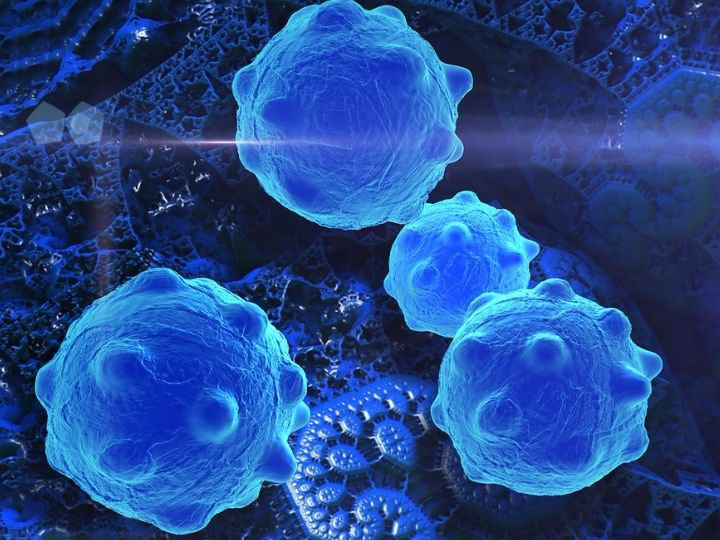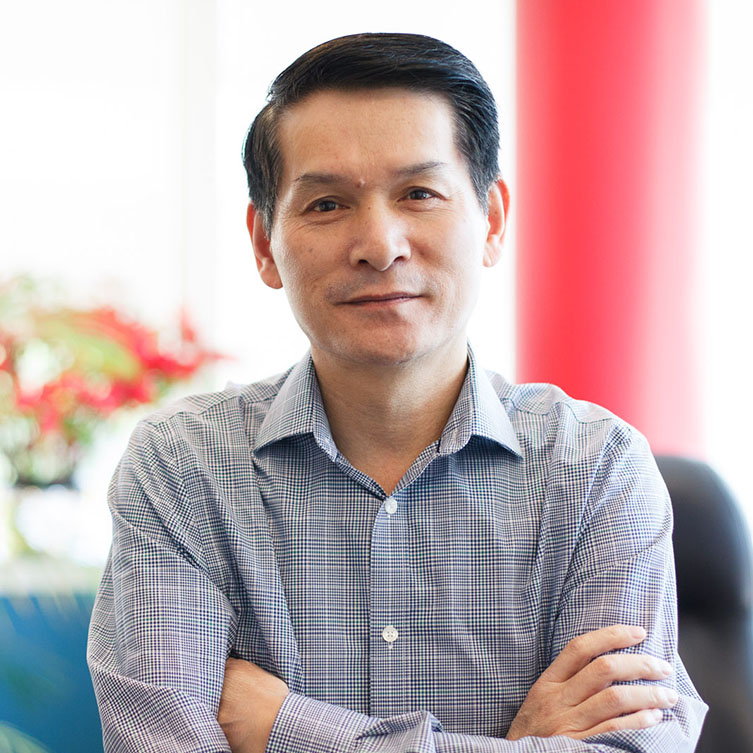$1.8 Million Grant Supports Work on New Virus to Improve Oncolytic Virotherapy
Among the most promising anti-cancer treatments in recent years, oncolytic virotherapy (OV) has emerged at the top of the pack of immunotherapy. Oncolytic viruses are those that can kill cancer cells while leaving nearby healthy cells and tissues intact. In oncolytic virotherapy, the treatment also exerts its influence by activating an antitumor immune response made of immune cells such as natural killer (NK) cells.

But sometimes those natural killers limit the oncolytic viruses, and so despite the exciting development in the OV field in recent years, there is room for improvement to tackle some limitations, including the relatively weak therapeutic activity and lack of means for effective systemic delivery.
Those improvements are now being made in the lab of Shaun Zhang, director of the Center for Nuclear Receptors and Cell Signaling at the University of Houston and M.D. Anderson Professor in the Department of Biology & Biochemistry. Zhang has received a $1.8 million grant from the National Institutes of Health to support his work.

“We have developed a novel strategy that not only can prevent NK cells from clearing the administered oncolytic virus, but also goes one step further by guiding them to attack tumor cells. We took an entirely different approach to create this oncolytic virotherapy by deleting a region of the gene which has been shown to activate the signaling pathway that enables the virus to replicate in normal cells,” ssaid Zhang, who is on the College of Natural Sciences and Mathematics faculty.
The different approach consists of Zhang’s lab creating a new oncolytic virus called FusOn-H2, based on the Herpes simplex 2 virus, (HSV-2, commonly known as genital herpes). It’s the first of its kind. They arm the virus with a NK cell engager, resulting in what Zhang calls the “two birds with one stone strategy” to enhance therapeutic effect of the new oncolytic virus. This engager forms a bridge between NK cells and tumor cells, resulting in the killing of the engaged tumor cells.
“Our recent studies showed that arming FusOn-H2 with a chimeric NK engager (C-NK-E) that can engage the infiltrated natural killer cells with tumor cells could significantly enhance the effectiveness of this virotherapy,” said Zhang. “Most importantly, we observed that tumor destruction by the joint effect of the direct oncolysis and the engaged NK cells led to a measurable elicitation of neoantigen-specific antitumor immunity.”
Zhang and team believe that this armed FusOn-H2 will produce a three-pronged effect to enhance the antitumor efficacy against solid tumors in colon and lung cancer, which they expect to come in waves.
The first wave comes immediately after the armed virus is administered and it derives primarily from administration of the virus. The second wave comes from the natural killer cells doing their work while the third wave is the outcome of a series of chain events that ultimately result in inducing neoantigen-specific antitumor immunity.
“We hypothesize that the combination of the high potency of the three-pronged therapy with the improved systemic delivery will lead to effective treatment of metastatic diseases,” said Zhang.
- Laurie Fickman, University Media Relations